Aesthetic use of botulinum toxin
This section describes the use of botulinum toxin in aesthetic treatments. The section does not contain any, and should not be used as, treatment recommendation. Please contact your healthcare practitioner for further inquiries.
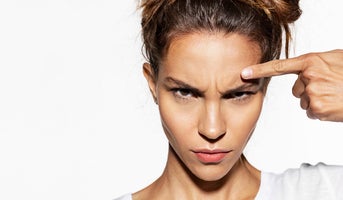
Why toxins?
Our expressions are part of who we are, but as we age our faces don’t always communicate what we want them to.1 Over time, changes to the underlying structure of the skin result in folds and wrinkles that alter the appearance of the face.2 The appearance of glabellar lines (the vertical frown lines between the eyebrows) and crow’s feet can cause our faces to look old, sad, tired or angry, regardless of how we feel.3 A disconnect between what our faces express and how we feel can reduce our self-confidence and affect our quality of life.4
Aesthetic treatments with botulinum toxin make the facial muscles relax in order to temporarily improve the appearance of moderate to severe wrinkles formed by repeated facial expressions (also called dynamic wrinkles).
TREATMENT AREAS
Botulinum toxin is used to reduce the appearance of moderate to severe glabellar lines (frown lines) and crow’s feet. Approved indications vary between countries. A qualified healthcare practitioner in your area can provide you with more information on approved aesthetic indications for botulinum toxin.
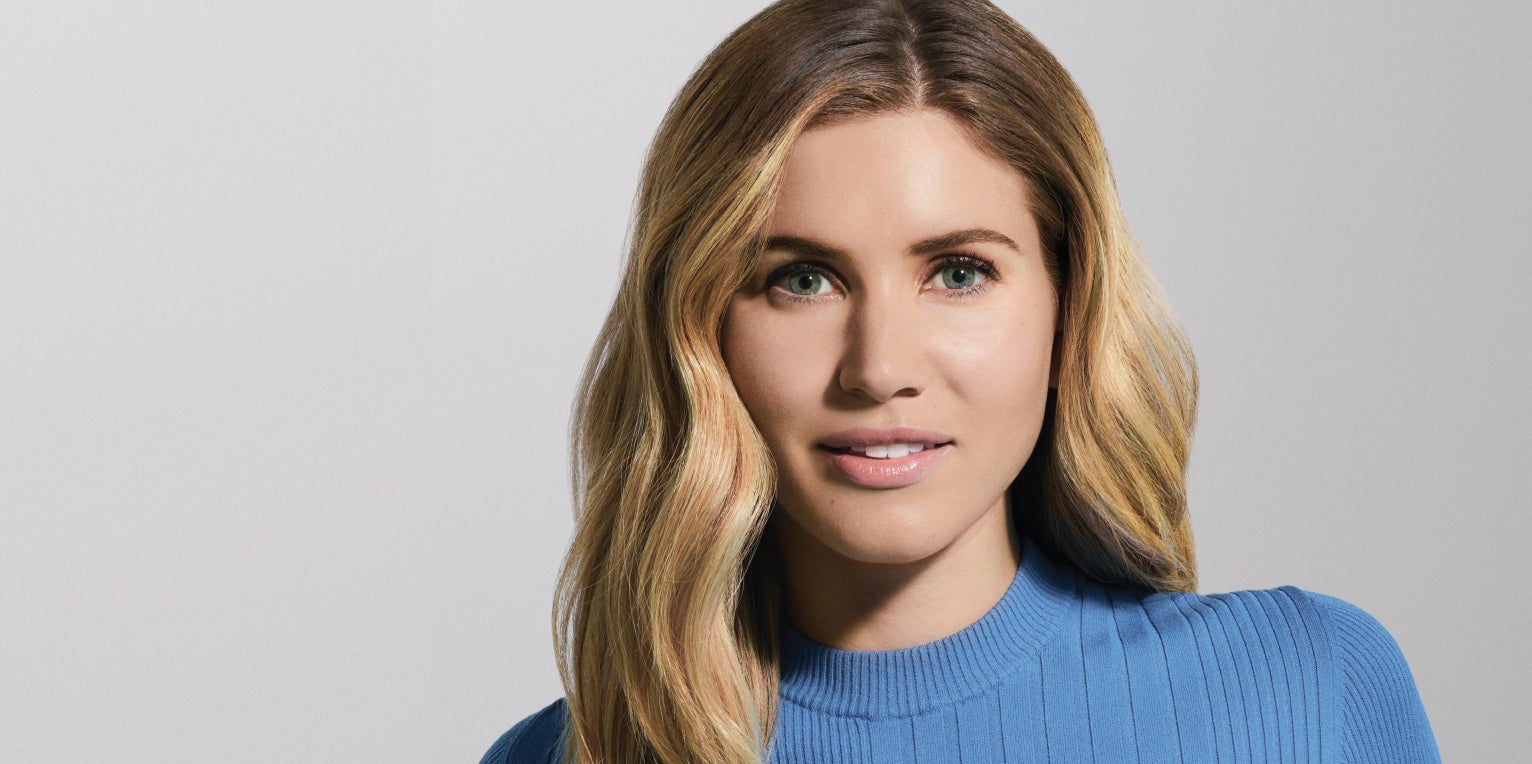
TREATMENT AREAS
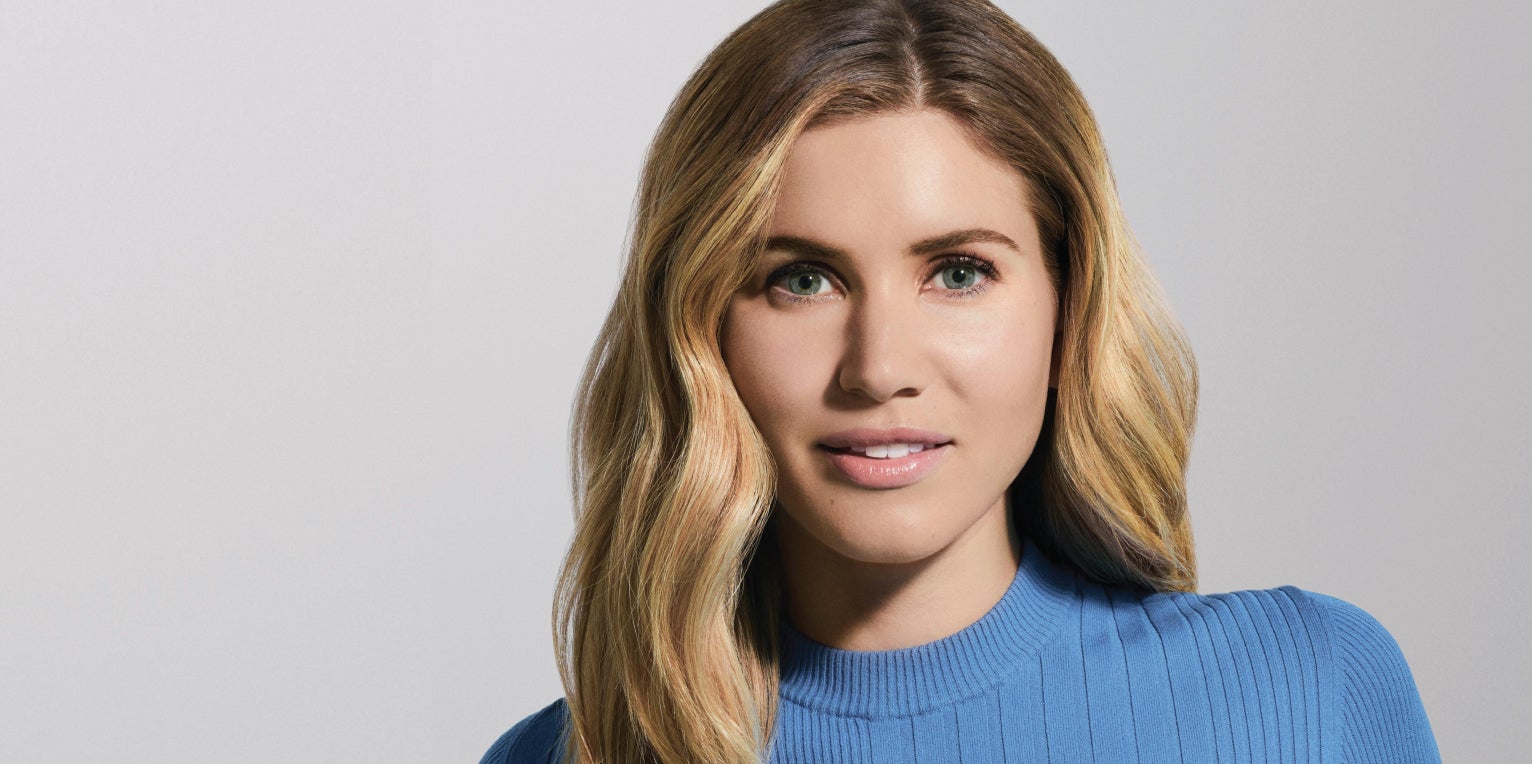
Botulinum toxin is used to reduce the appearance of moderate to severe glabellar lines (frown lines) and crow’s feet. Approved indications vary between countries. A qualified healthcare practitioner in your area can provide you with more information on approved aesthetic indications for botulinum toxin.

Your treatment
Aesthetic treatments with botulinum toxin should only be administered by qualified healthcare practitioners with the appropriate expertise and training.
The product is injected at several points on the treatment area. Exactly when the effect of the treatment will be noticeable might vary slightly between the different toxin brands as well as from person to person, but results are usually visible within a few days after treatment.
There is a small risk that the body will start to produce neutralizing antibodies in response to the treatment, which could reduce its effectiveness. The duration of the treatment effect varies, depending on the product and the individual, but could last for four months and even up to five months.
Like all medicines, botulinum toxin can cause side effects. Healthcare practitioners will inform patients of risks and side effects before treatment, as well as of possible contraindications. Please see also the Patient Safety Information. NB! The information here does not in any way replace professional information from the treating healthcare practitioner.

How it works
Botulinum toxin is produced by the bacterium Clostridium botulinum. There are different types of botulinum toxins, type A-H, where type A and B are used in medical and aesthetic treatments.
Botulinum toxin is one of the most poisonous biological substances known. More precisely, it is a neurotoxin, which reversibly blocks the release of a neurotransmitter called acetylcholine from the nerve endings. This prevents the muscles from contracting, and thereby helps to remove wrinkles formed by repeated facial expressions (frown lines and crow’s feet).
Each brand uses its own potency unit to describe the amount of toxin in their respective vials. The injection doses used in aesthetics are comparably low to only produce a local effect in the muscle that is being treated. Only a qualified healthcare practitioner should administer botulinum toxin for aesthetic or other treatments.
Healthcare practitioners will inform patients of risks and side effects before treatment, as well as of possible contraindications. Please see also the Patient Safety Information. NB! The information here does not in any way replace professional information from the treating healthcare practitioner.
FÖRE & EFTER
Botulinum toxin is used to reduce the appearance of moderate to severe wrinkles in the upper face.
test






















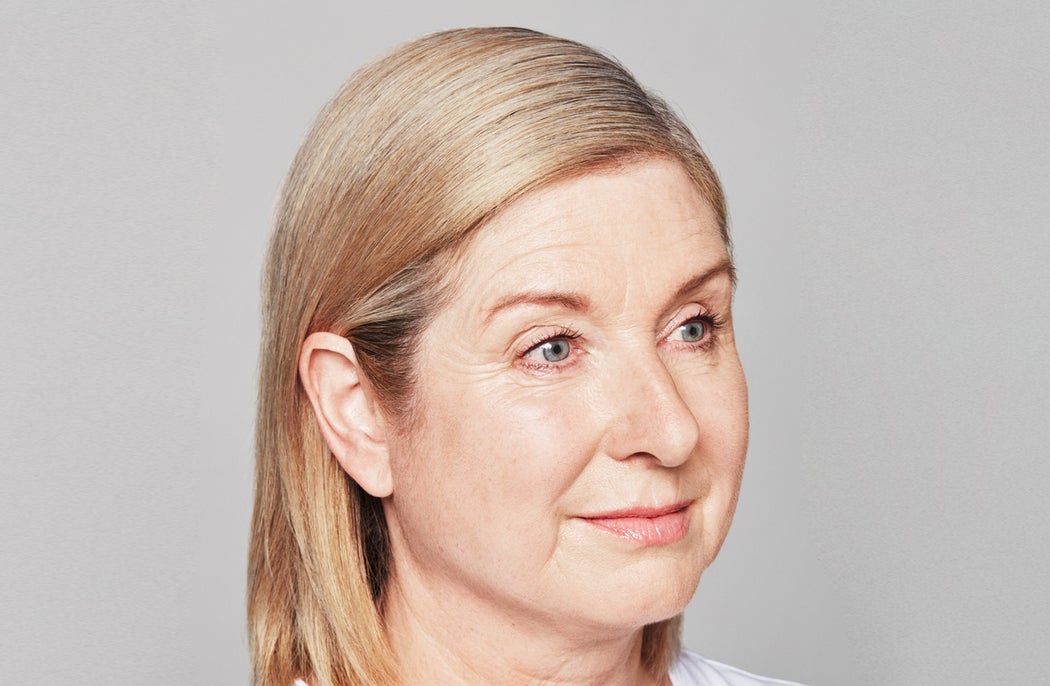
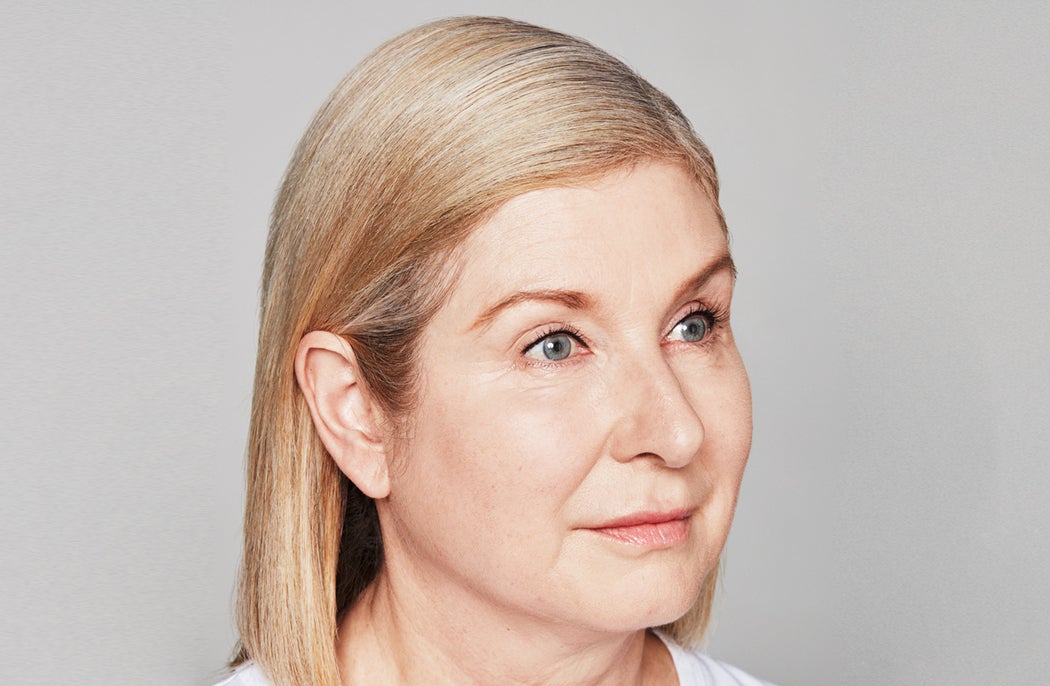
- Anti-wrinkle treatments: frown lines and crow's feet;
- Dermal fillers: under eyes, cheeks, smile lines and lips.
- Individual results may vary.
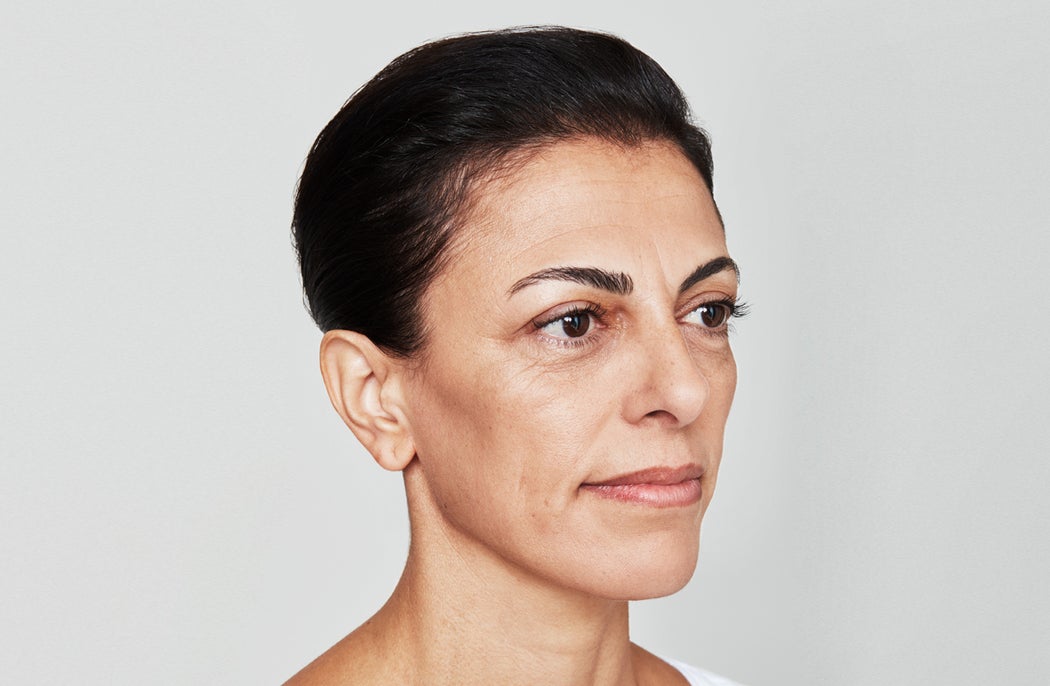
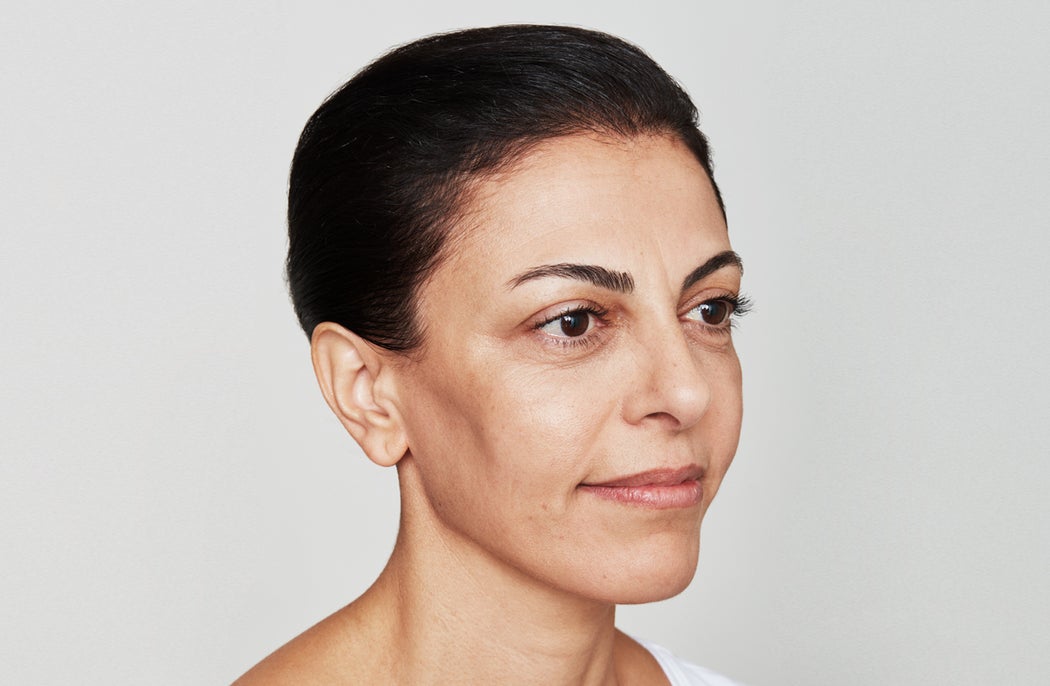
- Anti-wrinkle treatments: frown and smile lines;
- Dermal fillers: cheeks and smile lines.
- Individual results may vary.
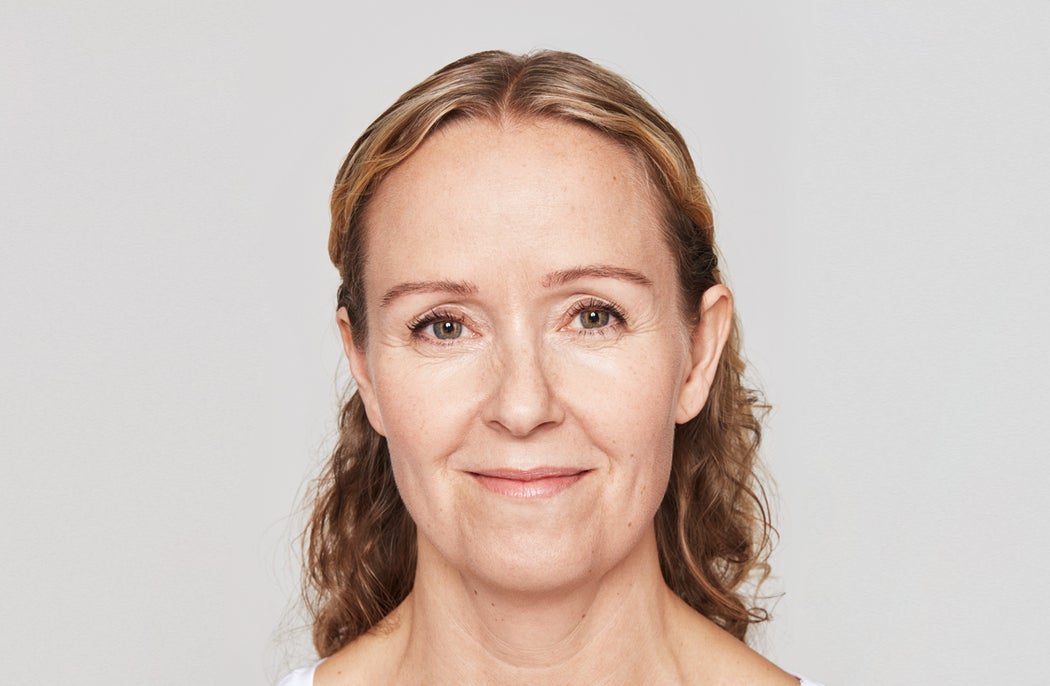
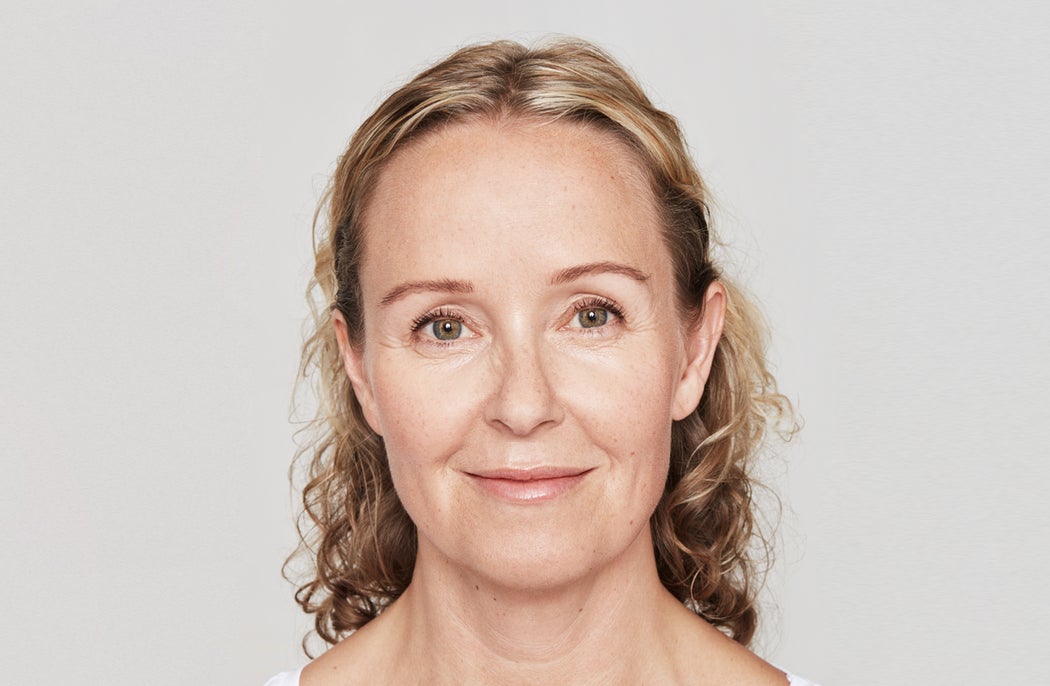
- Anti-wrinkle treatments: frown and smile lines;
- Dermal fillers: cheeks, smile lines and lips.
- Individual results may vary.
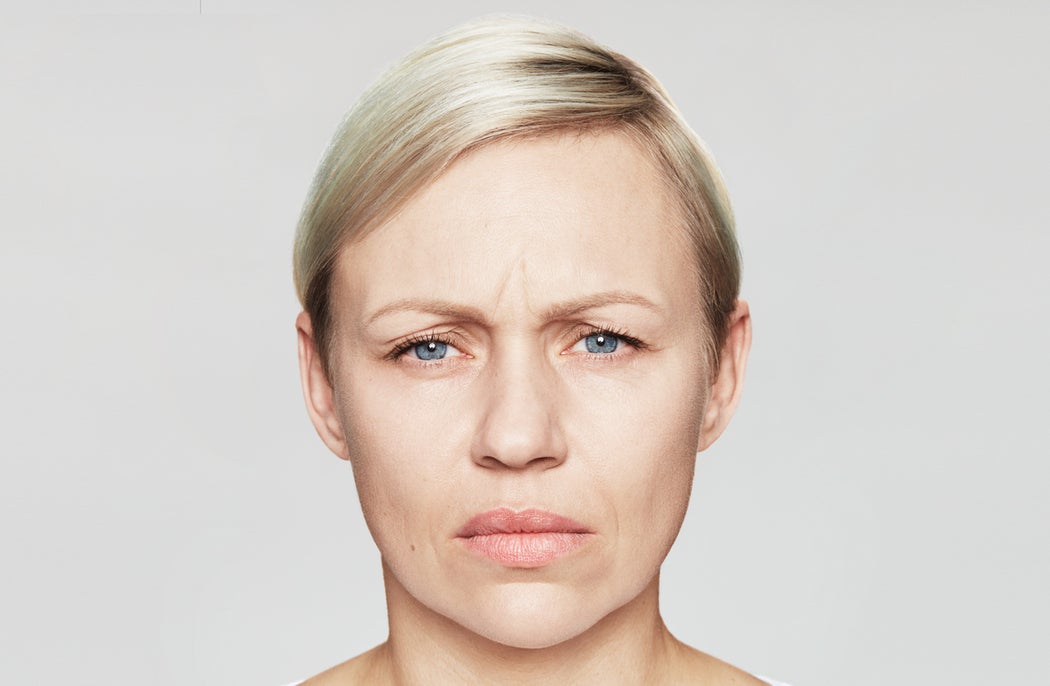
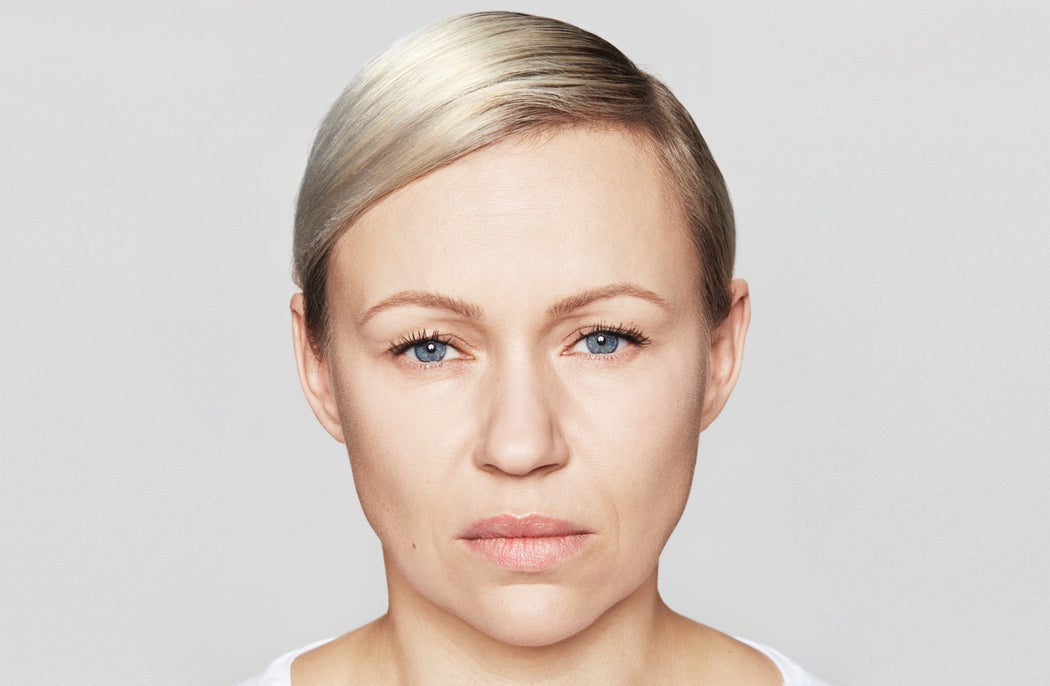
- Anti-wrinkle treatments: frown lines and crow's feet.
- Individual results may vary.
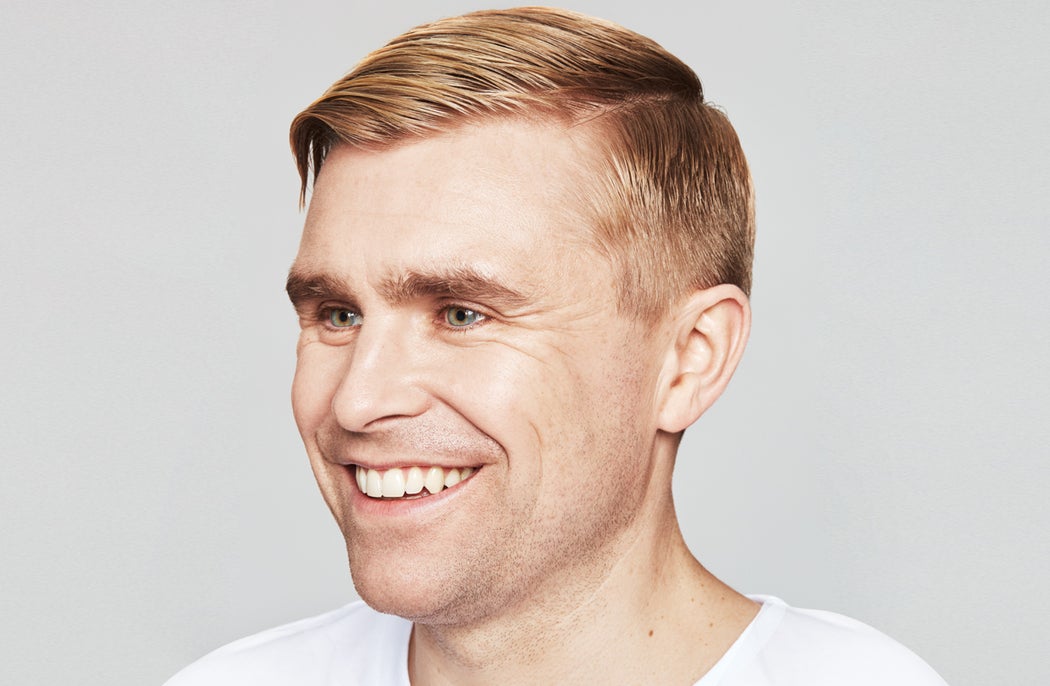

- Anti-wrinkle treatments: frown lines and crow's feet.
- Individual results may vary.

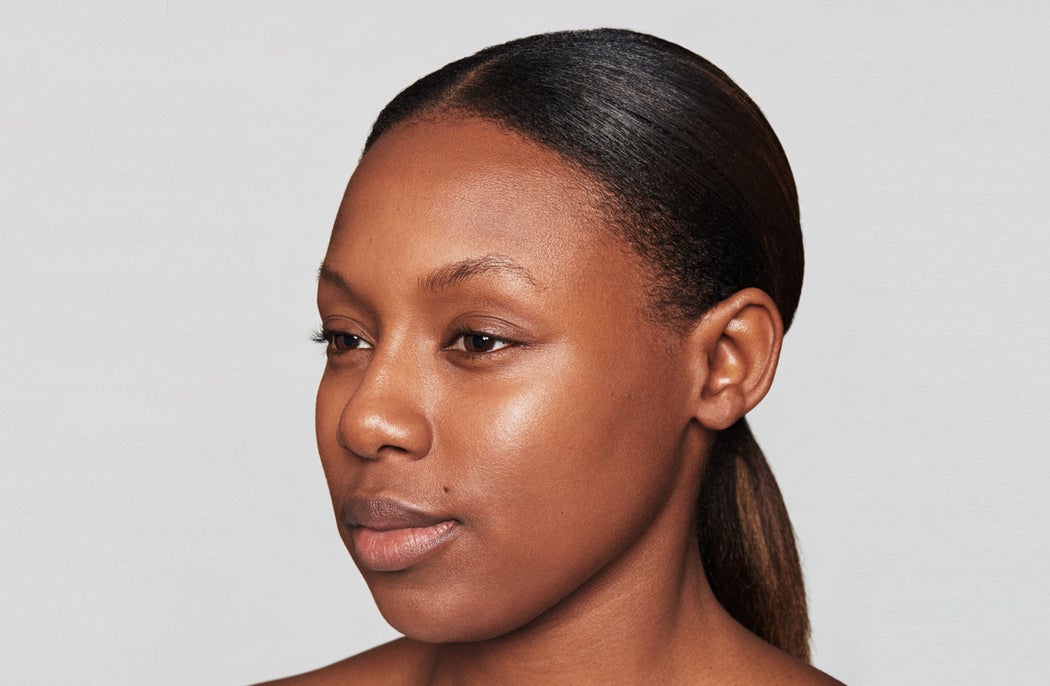
- Anti-wrinkle treatments: frown lines.
- Individual results may vary.
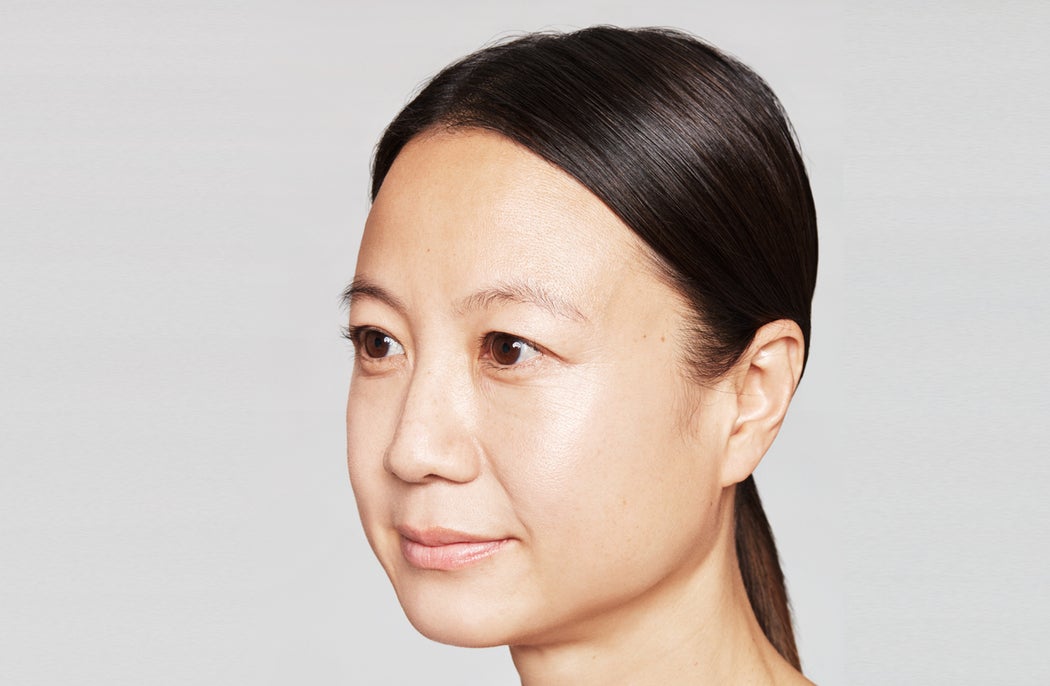
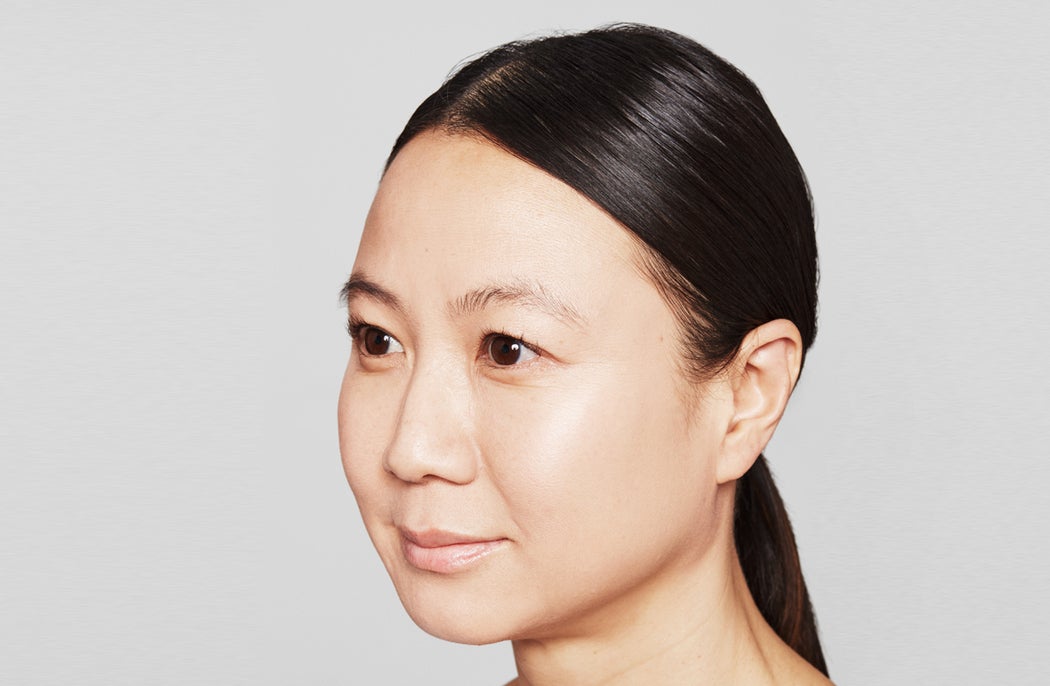
- Anti-wrinkle treatments: frown lines;
- Dermal fillers: under eyes, cheekbones, cheeks and smile lines.
- Individual results may vary.
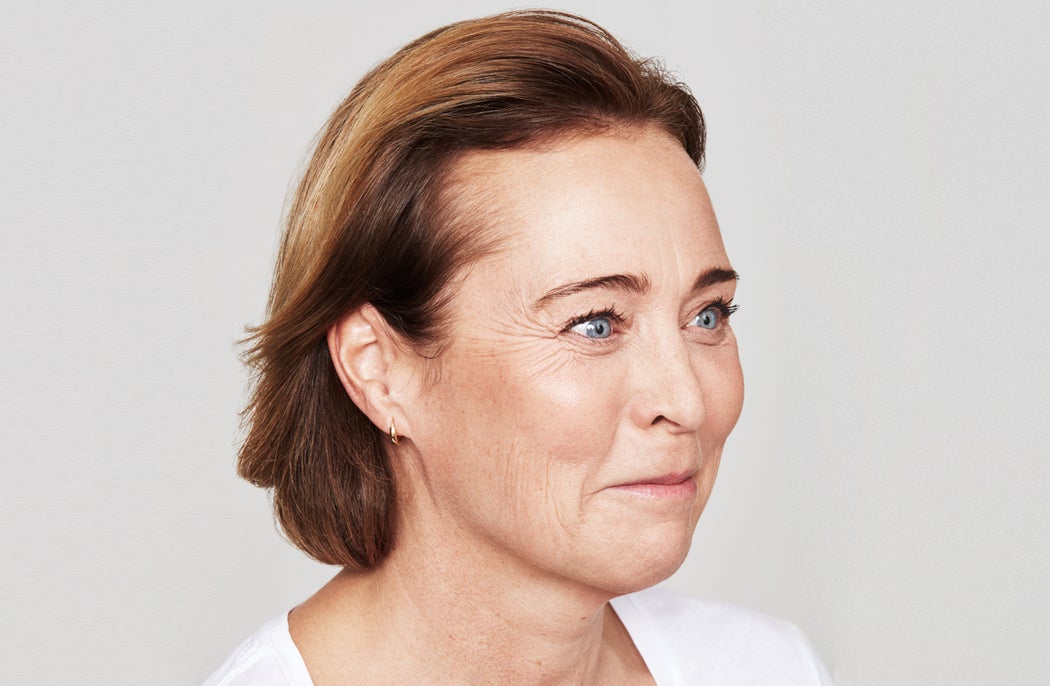
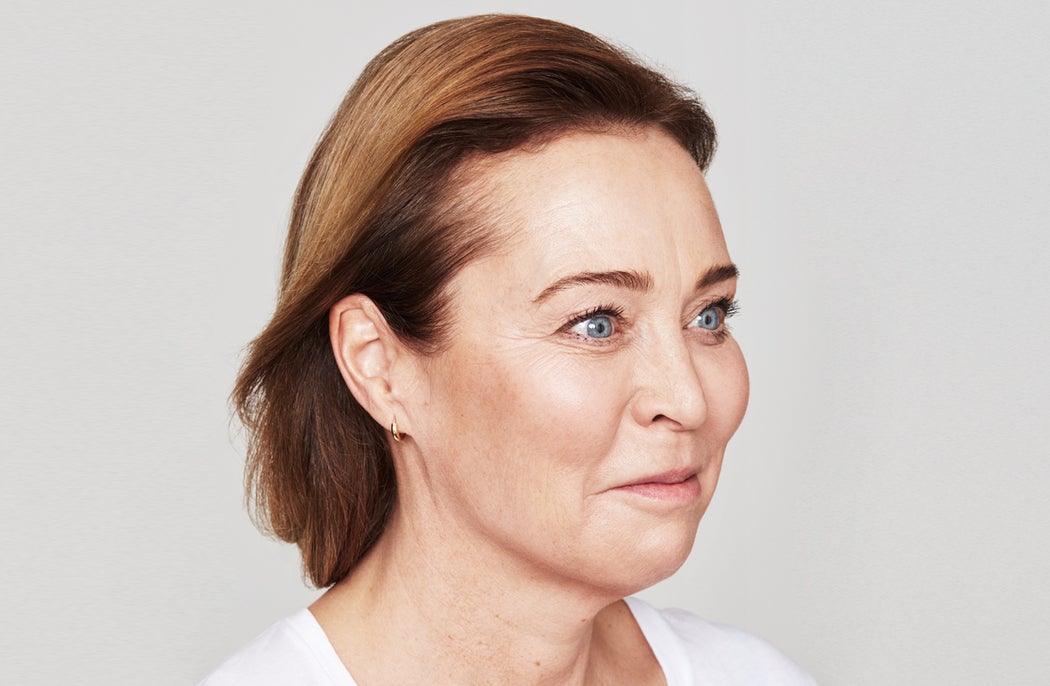
- Anti-wrinkle treatments: frown lines and crow's feet;
- Dermal fillers: cheeks, smile lines, lips and chin.
- Individual results may vary.

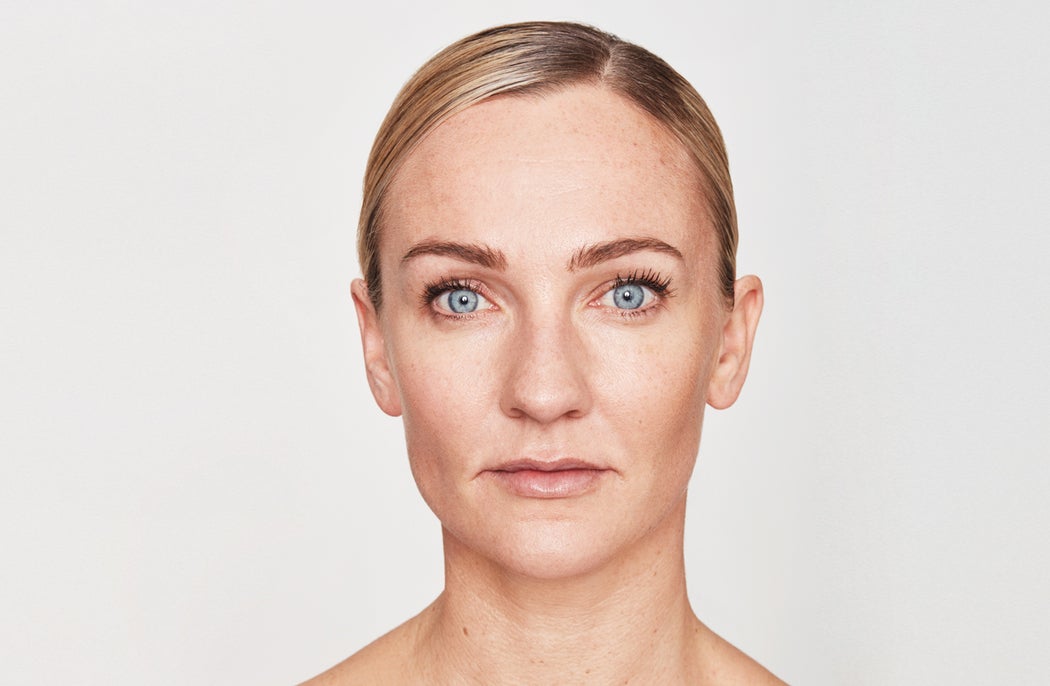
- Anti-wrinkle treatments: frown lines and crow's feet;
- Dermal fillers: cheeks, smile lines, lips and chin.
- Individual results may vary.
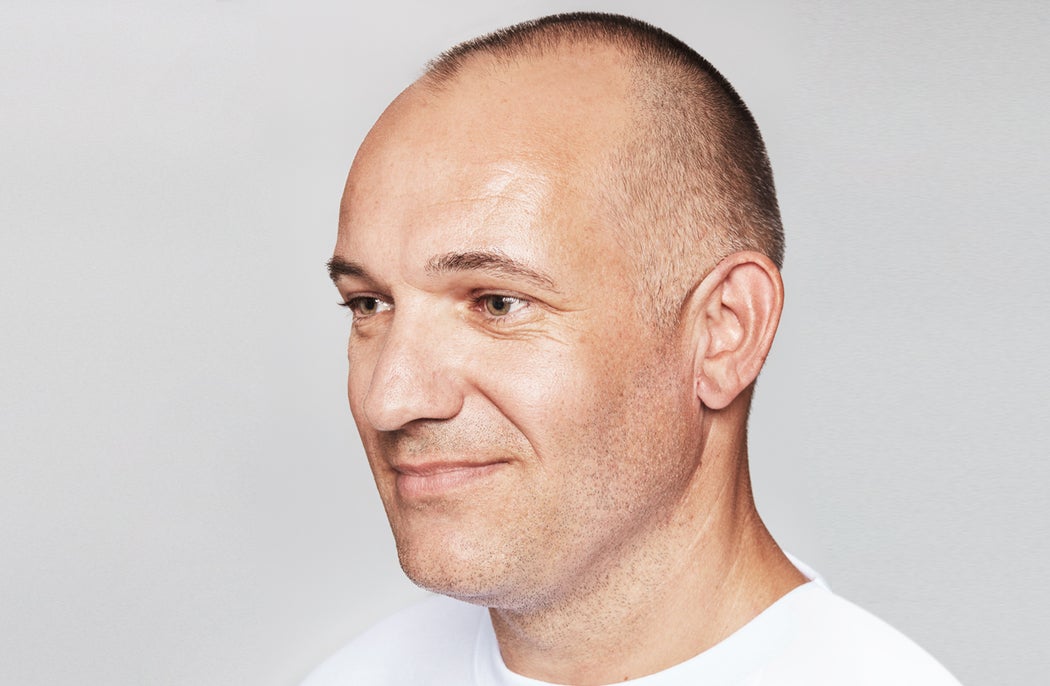
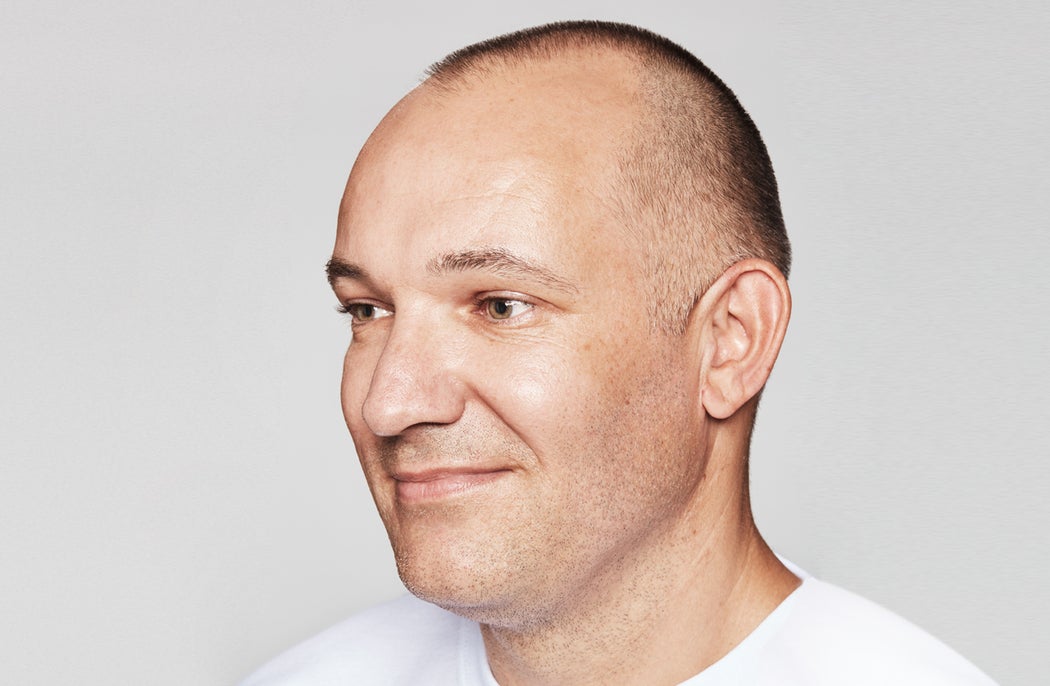
- Anti-wrinkle treatments: frown lines and crow’s feet;
- Dermal fillers: cheeks and smile lines.
- Individual results may vary.
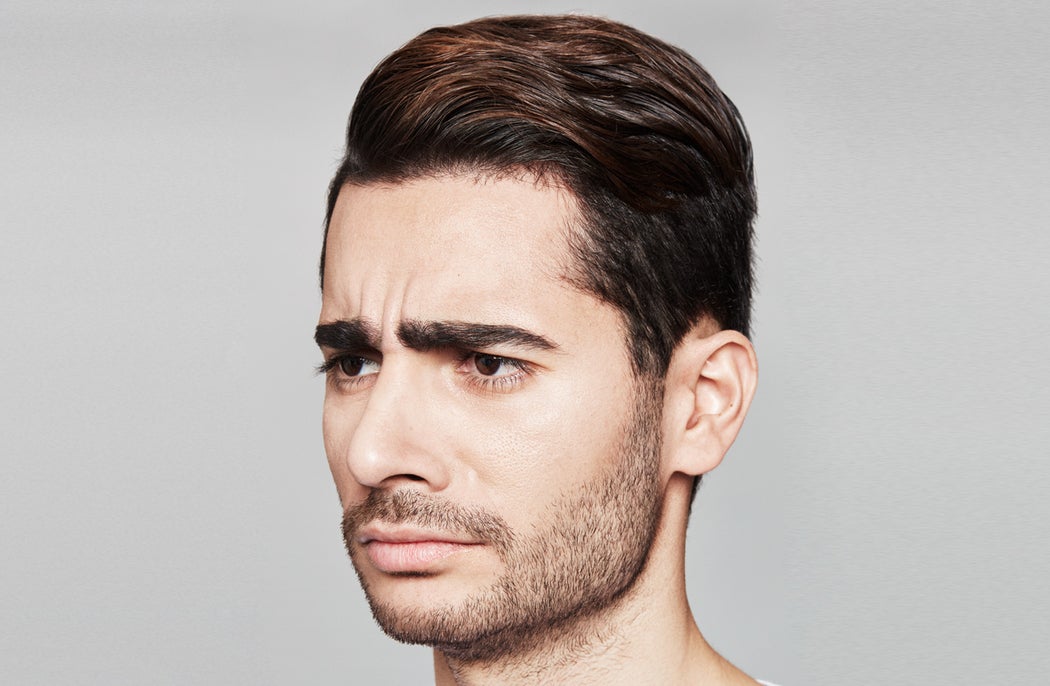

- Anti-wrinkle treatments: frown lines.
- Individual results may vary.
Skin insights
OUR PORTFOLIO OF PRODUCTS
Galderma has developed a diverse portfolio of products that work holistically together.
REFERENCES
1 Finn CJ et al. Dermatol Surg 2003;29(5):450–455
2 Finn CJ et al. Dermatol Surg 2003;29(5):450–455
3 Finn CJ et al. Dermatol Surg 2003;29(5):450–455.; Carruthers A et al. J Cosmet Laser Ther 2007;9 (Suppl 1):6–10.
4 Finn CJ et al. Dermatol Surg 2003;29(5):450–455.; Carruthers A et al. J Cosmet Laser Ther 2007;9 (Suppl 1):6–10.





